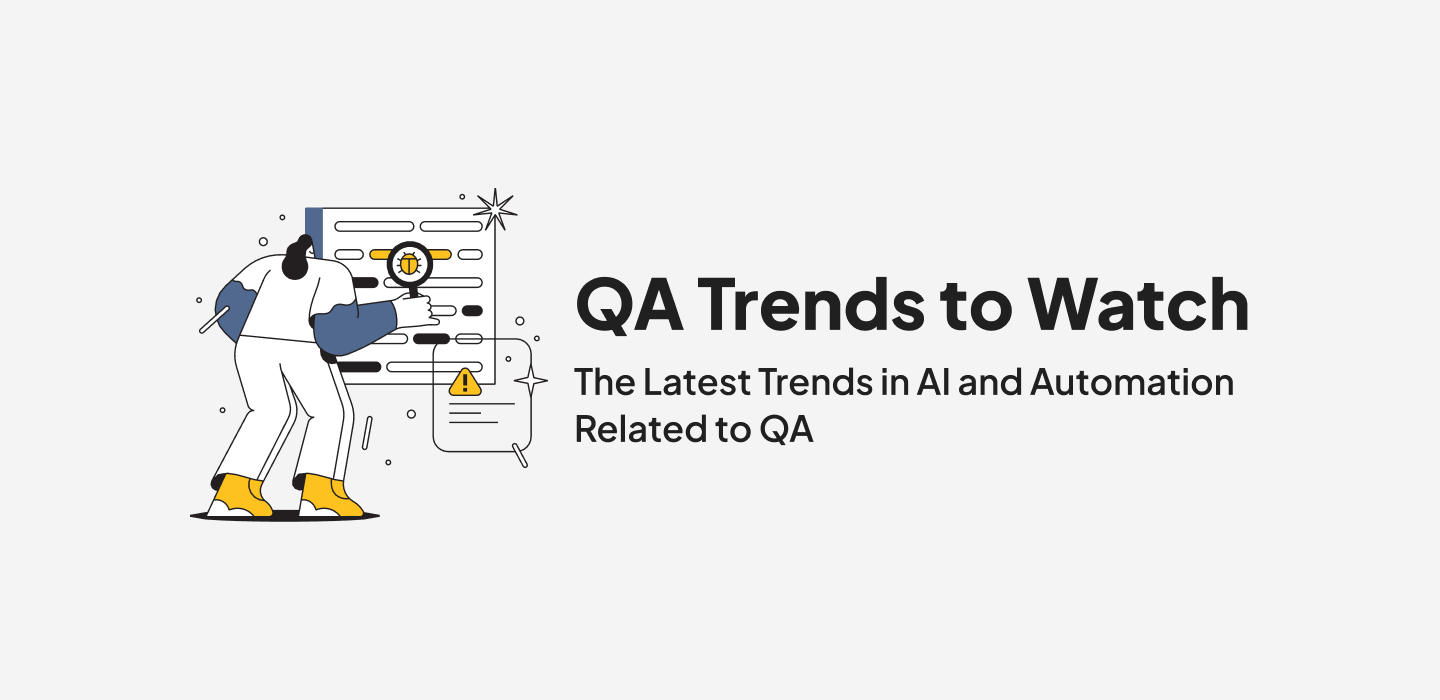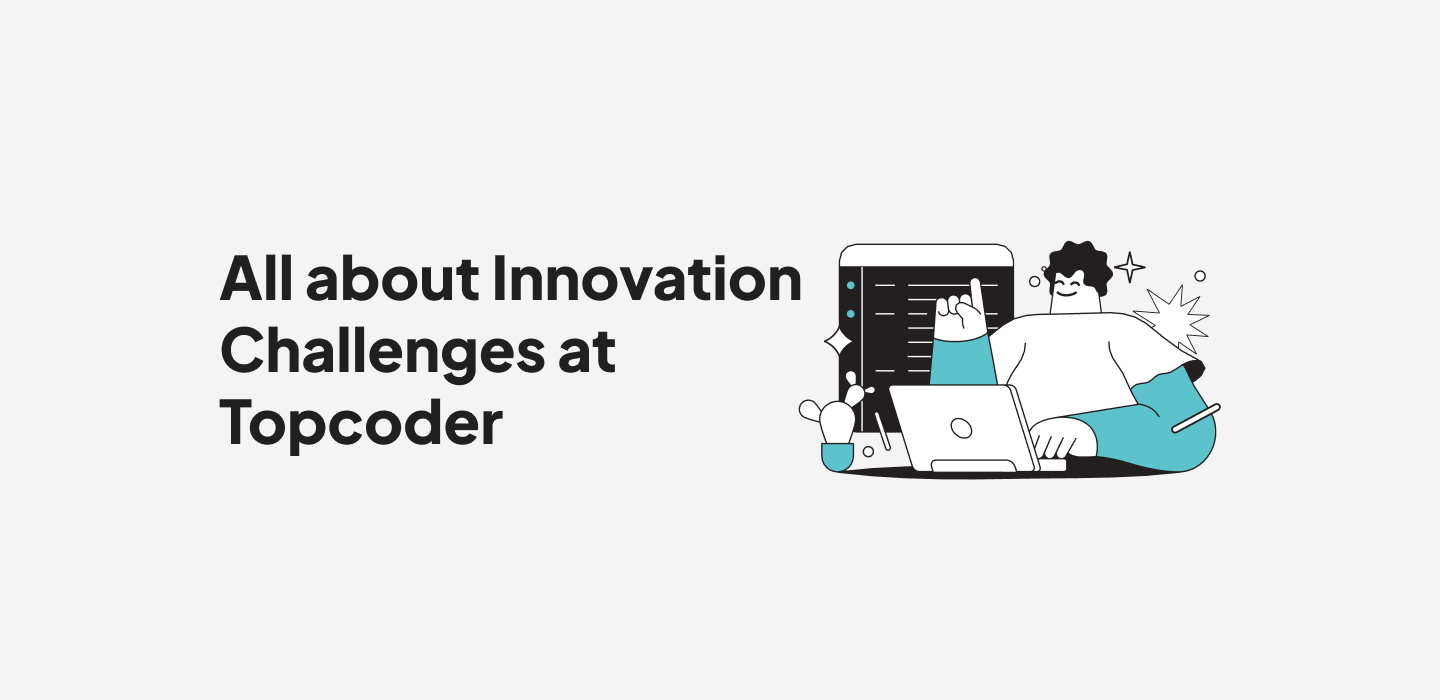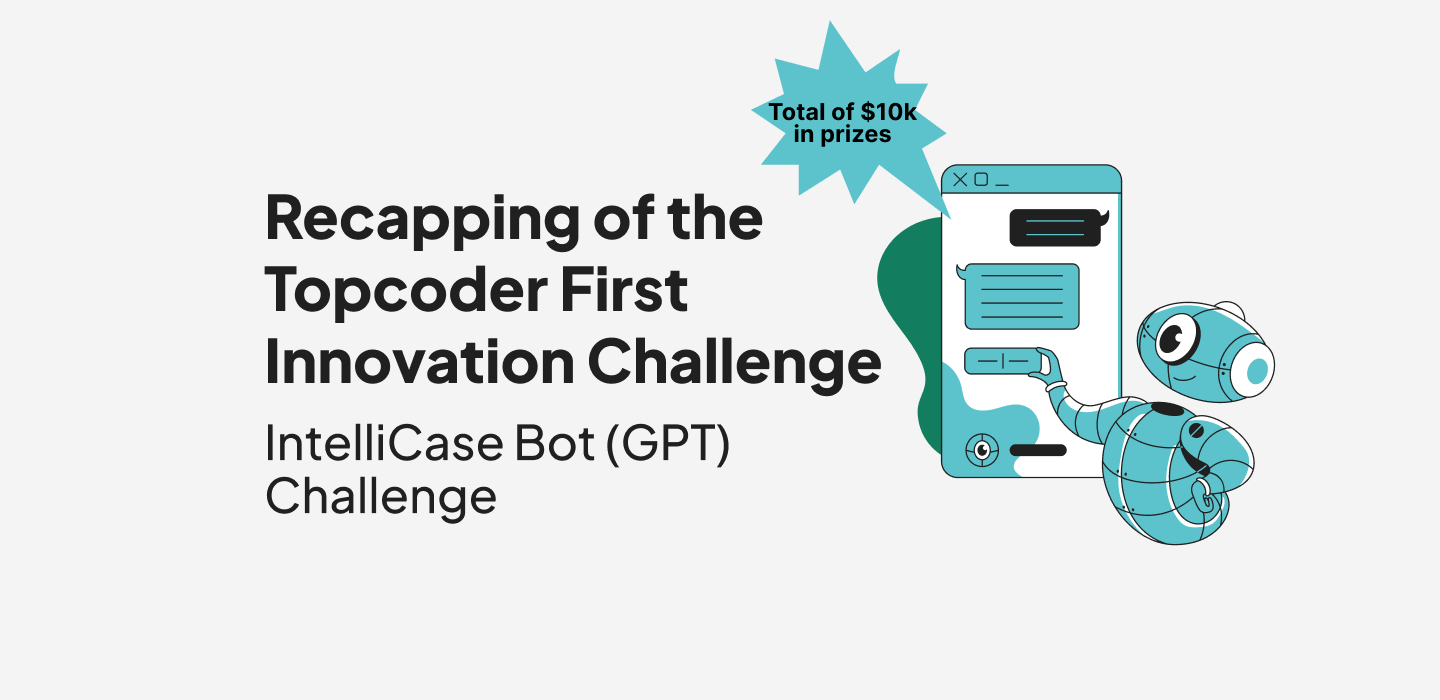November 26, 2019 Knocking Down Barriers to Innovation: Inspiration from Malcolm Gladwell
At Topcoder, we’re at the heart of a movement toward faster innovation by providing the enterprise simple access to great technology talent. Barriers to innovation have fallen, yet innovation for the enterprise remains cumbersome and often, slow. Why? That innovation has never been easier and tech has never been more agile was clear at the recent Gartner IT Symposium, a gathering of CIOs and IT professionals covering the latest trends in data and analytics, artificial intelligence, machine learning, culture, customer experience, and cybersecurity, among other emerging topics.
Despite the fast-changing landscape of talent and tech, the rate of innovation and market adoption of solutions is surprisingly slow. That was the big takeaway from author Malcolm Gladwell’s (@Gladwell) keynote at the recent Gartner IT Symposium. (If you haven’t picked up his most recent book, Talking to Strangers, I highly recommend it in audiobook format.) In his talk, Gladwell explained some of the reasons that innovation is slow.
The current hurdles to innovation aren’t what you might think. His keynote was titled “Fast Tech, Slow People” and covered what he said economists call the “25 year rule,” in which most major technology innovations take 25 years to achieve wide adoption. He covered examples ranging from container ships to ATMs to telephones and even in his personal case the audio book. Bottom line: Technology advances much more quickly than people do.
Take Gladwell’s own most recent book, audio books have been around for a long time. Walkmans and cars could play books on tape for 20+ years, iPhones and iPods for the past 10 years. However, this is the first time his audiobook is outselling his print books. One reason is he thought outside the box and developed the audio book with it in mind with a sound score, interview tapes and other features instead of it being afterthought once the printed book was made. It took thinking a little bit differently and not having it driven by the book publishers to create a great audio book that is outselling his print book.

(Gladwell giving opening keynote on Wednesday 10/23/19)
In his talk, Gladwell identified three reasons for the lag:
- Generational differences stop use cases from being adopted (they don’t see the value)
- Hierarchies impede innovation
- Innovations need a strategic home
Gladwell offers that the solution to shorten the gap of adoption is for people to open their minds, tap imagination and take an outsider’s perspective when evaluating and looking at new innovations. He implored the audience to be active and open to new ideas. I couldn’t help but think of the potential of on demand talent (at Topcoder we call it Talent as a Service) as he spoke.
On demand is an increasingly preferred way to interact with everything from taxis (Uber), food delivery (Grubhub) to accommodations (Airbnb). Topcoder’s Talent as a Service (TaaS) has become a popular way for our customers, such as Harvard, NASA, Microsoft, and Xerox, to fill the gap between their vision for innovation and their ability to execute that vision quickly.
At Topcoder we’ve been in the thick of building innovation-friendly work models for over two decades. These new flexible models blend traditional structures with open, on demand, talent. They are ideal for innovation—opening up a huge range of creative solutions. The TaaS model gives clients access to the best talent—designers, developers, data scientists and testers—the passion economy has to offer to support and speed up innovation.
Today’s workforce is much less invested in standard hierarchies. They learn from decentralized sources such as Wikipedia and MOOCs like Coursera and EdX. They are used to and want the ability to tap into resources when they need them with quick turnaround times. The companies that we work with are reducing the innovation-hampering effects of traditional hierarchies that, as Gladwell points out, impede progress.
The advantages of TaaS are numerous: Resources are available immediately, there’s great flexibility in both skill and timing, rapid prototyping of digital concepts, and additional capacity that translates to an accelerated go-to-market strategy, reducing time to market. But as Gladwell said, it takes imagination to innovate.
In the case of the future of work, it’s on you and your team to rid the traditional biases that dominate your beliefs with regards to how work must get done. What if how you manage work and execute can be approached differently? If you close your eyes and simply ask yourself what’s possible if traditional staffing solutions aren’t your only option, what changes for you? What if your quality talent joined your projects, on demand and seamlessly? How much faster could you go?
TALENT AS A SERVICE EBOOK
VETTED TOP TECHNOLOGY TALENT ON YOUR PROJECTS, ON DEMAND
David Messinger
CTO


